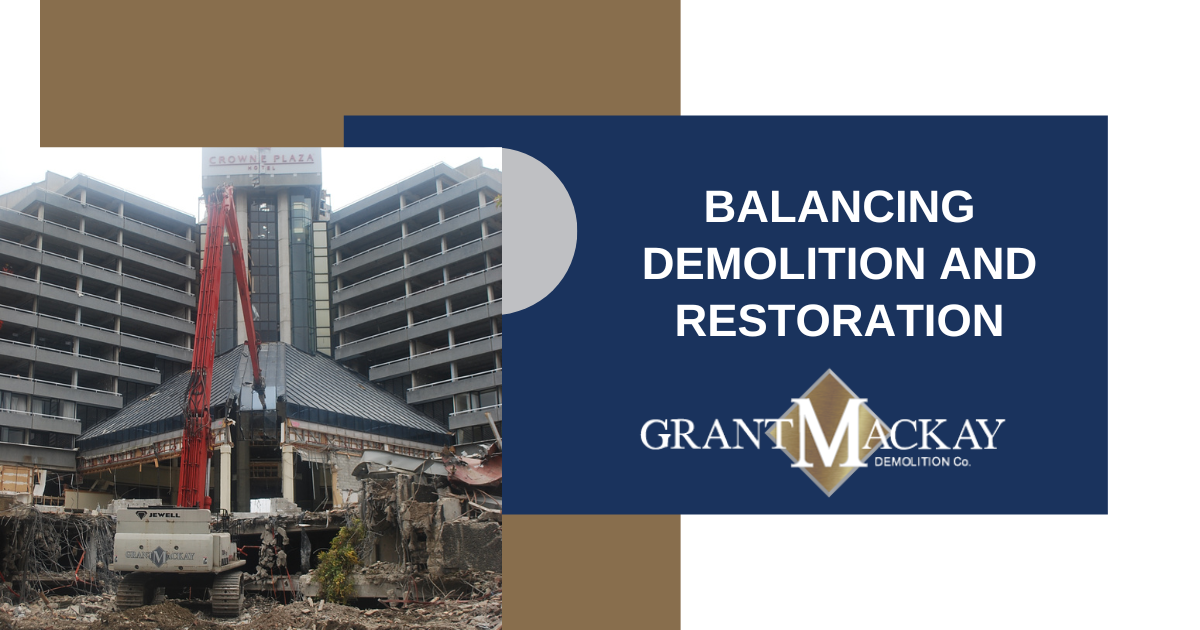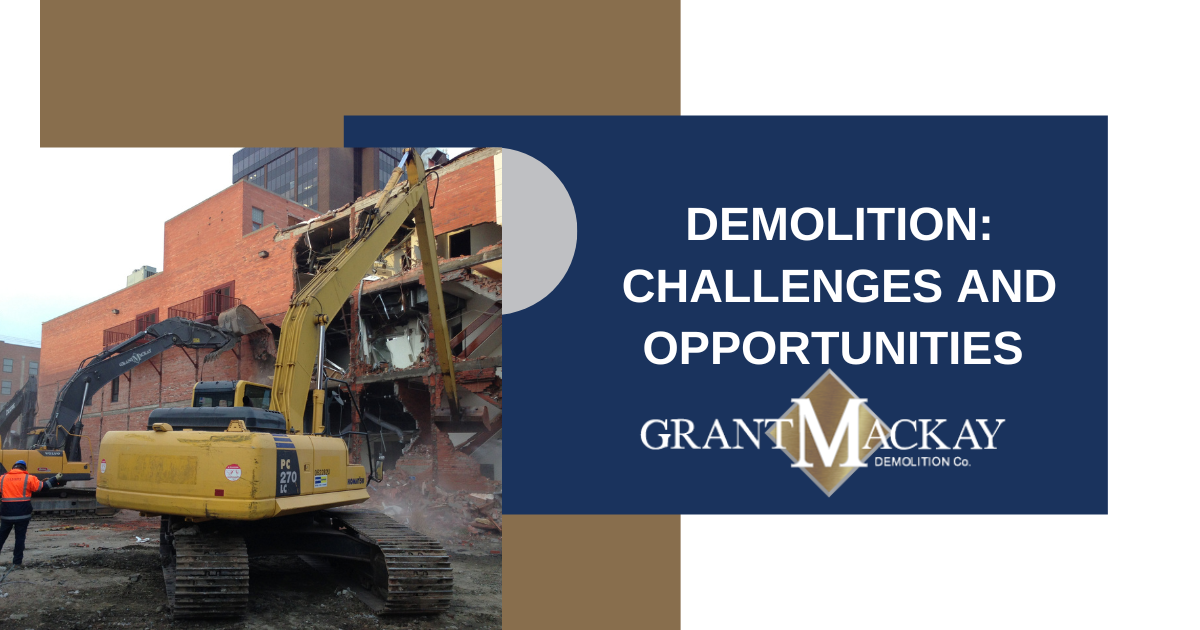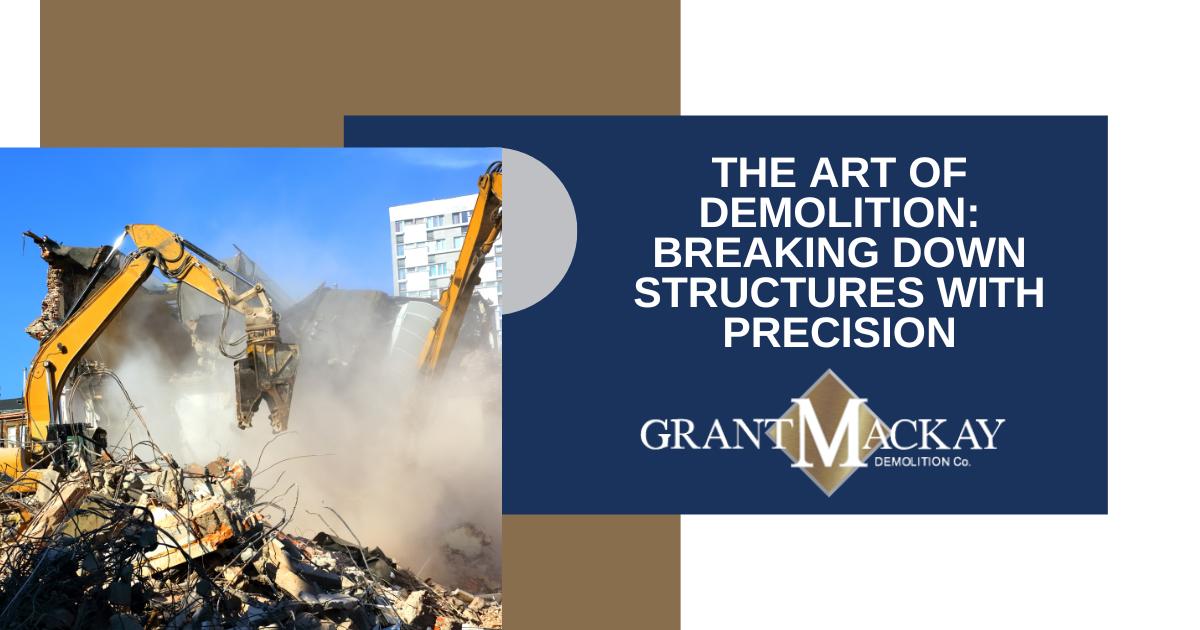Manual demolition is a fundamental aspect of the construction industry, encompassing a range of techniques used to dismantle structures by hand. This article aims to provide informative and concise guidance on manual demolition, including the various techniques, their applications, and the tools required for each method.
Introduction to Manual Demolition
Manual demolition involves the physical dismantling of structures without the aid of heavy machinery. It is suitable for projects that require precision, delicate handling, or access to confined spaces where heavy equipment cannot be employed. However, it is essential to note that manual demolition may not be appropriate for all projects, especially those involving large-scale structures or time-sensitive deadlines.
Safety Measures and Regulations
Before commencing any manual demolition project, ensuring the safety of workers and surrounding areas is of paramount importance. Adhering to safety measures and regulations is crucial to prevent accidents, injuries, and damage to property. It is imperative to conduct a thorough risk assessment, develop a comprehensive demolition plan, and provide adequate training to all personnel involved. Additionally, acquiring the necessary permits and adhering to local regulations are vital steps in ensuring a safe and compliant demolition process.
Types of Manual Demolition Techniques
1. Hand Tools Method
The hand tools method is the most common form of manual demolition, utilizing basic handheld instruments such as hammers, chisels, crowbars, and pry bars. This technique is suitable for small-scale projects and tasks that require precision and control. Step-by-step instructions for the hand tools method include:
Assess the demolition site and mark out the boundaries of the structure to be demolished.
Identify load-bearing walls or structural elements that must be handled with caution.
Begin by removing fixtures, fittings, and non-structural components.
Gradually dismantle the structure using appropriate hand tools, starting from the top and working down.
Dispose of debris in designated containers or dumpsters.
2. Sledgehammer Method
The sledgehammer method involves using a heavy-duty sledgehammer to break down walls, floors, and other structural elements. It is particularly suitable for demolishing masonry structures. Step-by-step instructions for the sledgehammer method include:
Ensure the demolition site is secure and free from hazards.
Establish a safe work zone and cordon off the area to prevent unauthorized access.
Begin by removing any non-structural components and fixtures.
Wearing appropriate personal protective equipment (PPE), commence breaking down walls and other structural elements using a sledgehammer.
Exercise caution when working near electrical or plumbing systems.
3. Cutting and Dismantling Method
The cutting and dismantling method involves using tools such as saws, cutters, and torches to carefully slice through and remove specific components of a structure. This technique is commonly used when salvaging materials or when precision is required. Step-by-step instructions for the cutting and dismantling method include:
Identify the components to be removed and salvaged.
Safely disconnect any utilities or services connected to the components.
Use appropriate cutting tools to carefully dismantle and remove the desired parts.
Dispose of debris and salvage materials accordingly.
Special Considerations and Challenges
Manual demolition projects may encounter special considerations and challenges that require additional attention and expertise. These include dealing with hazardous materials such as asbestos or lead-based paint, which require specialized removal procedures. Additionally, working with older structures may entail structural instability or the presence of historical elements that necessitate careful handling and preservation.
In conclusion, manual demolition plays a crucial role in the construction industry, offering a range of techniques suitable for various projects. By following safety measures, regulations, and obtaining the necessary permits, construction managers can ensure successful and safe demolition projects. Understanding the different manual demolition methods, their applications, and the appropriate tools is essential for achieving efficient and precise results. With proper planning, execution, and attention to challenges, manual demolition projects can be completed successfully while prioritizing the safety of all involved.
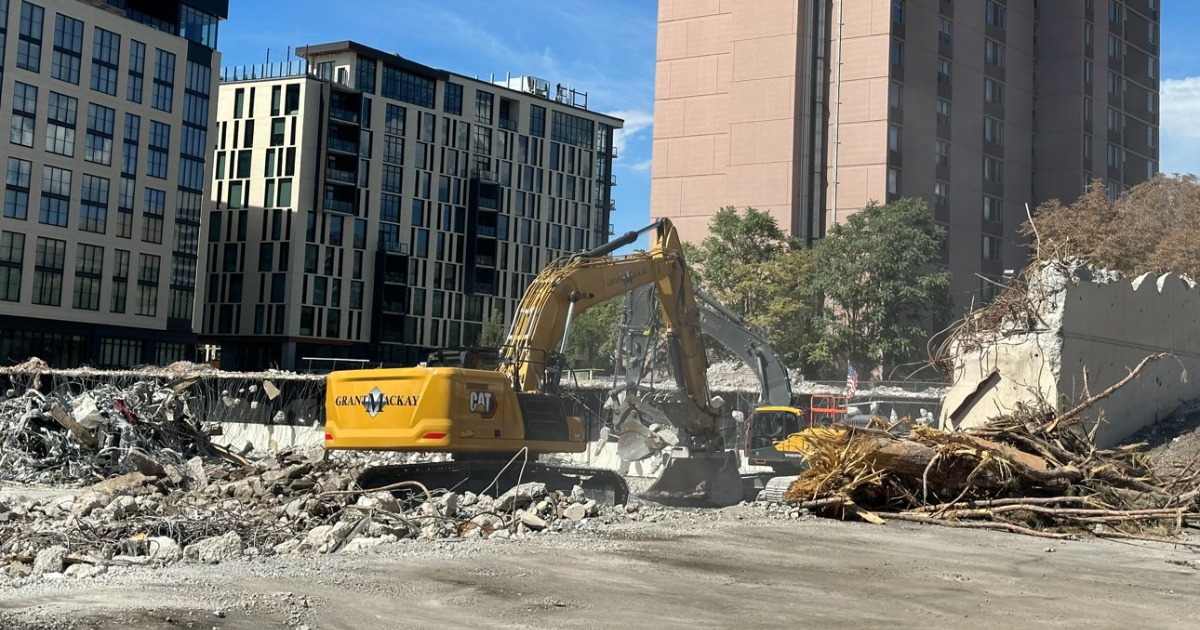
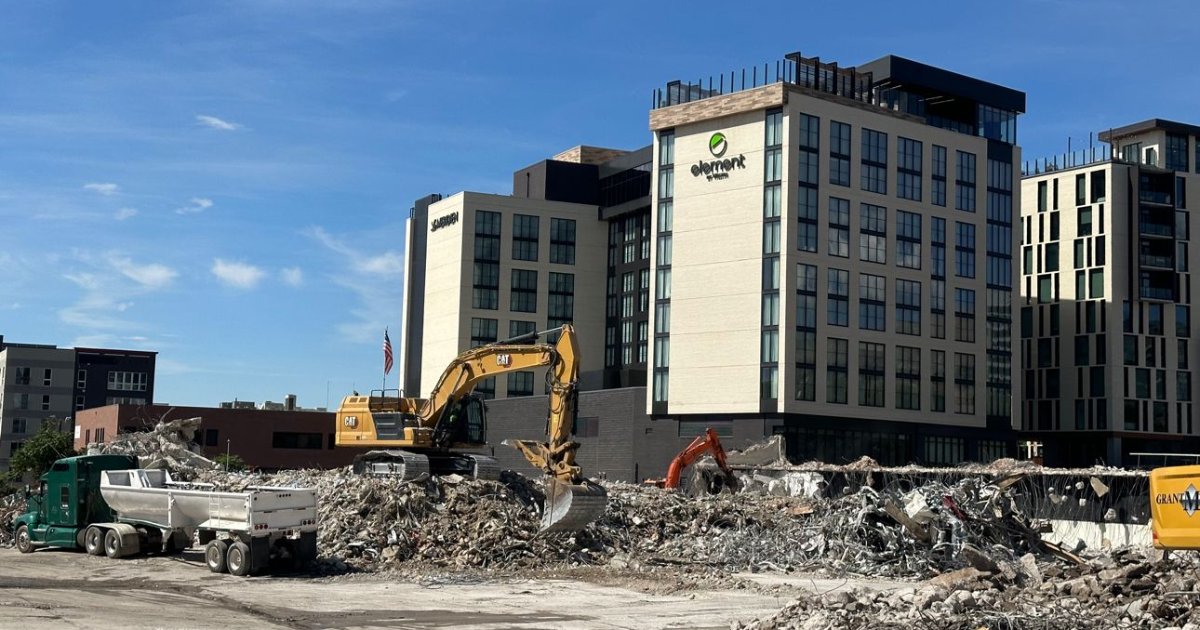
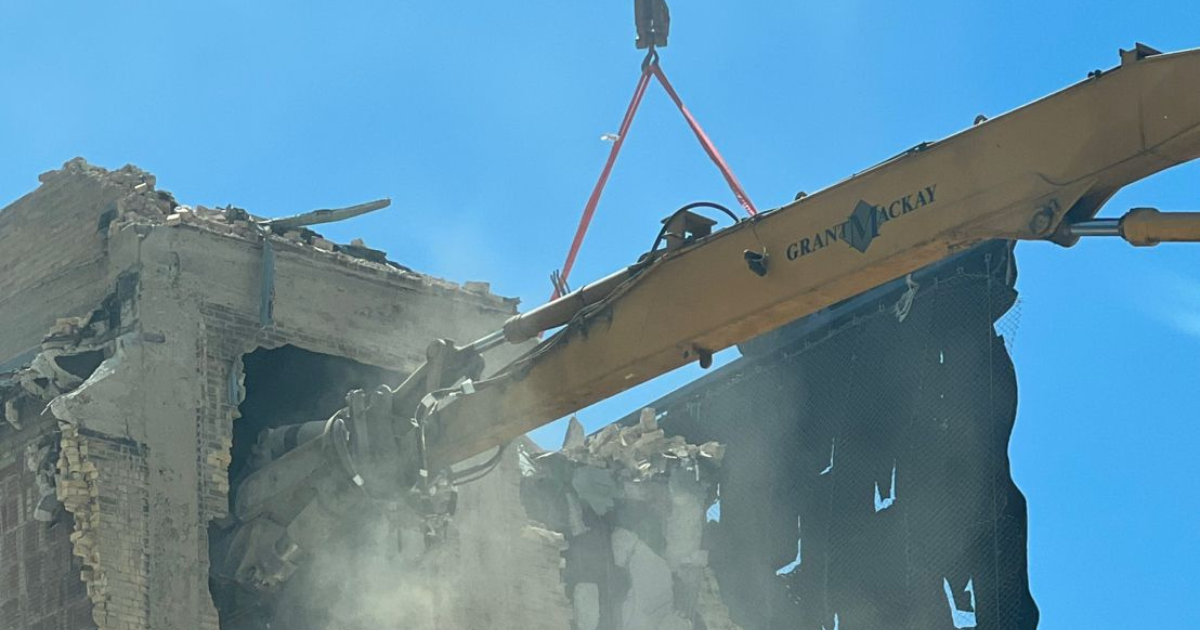

All Rights Reserved | Grant Mackay

